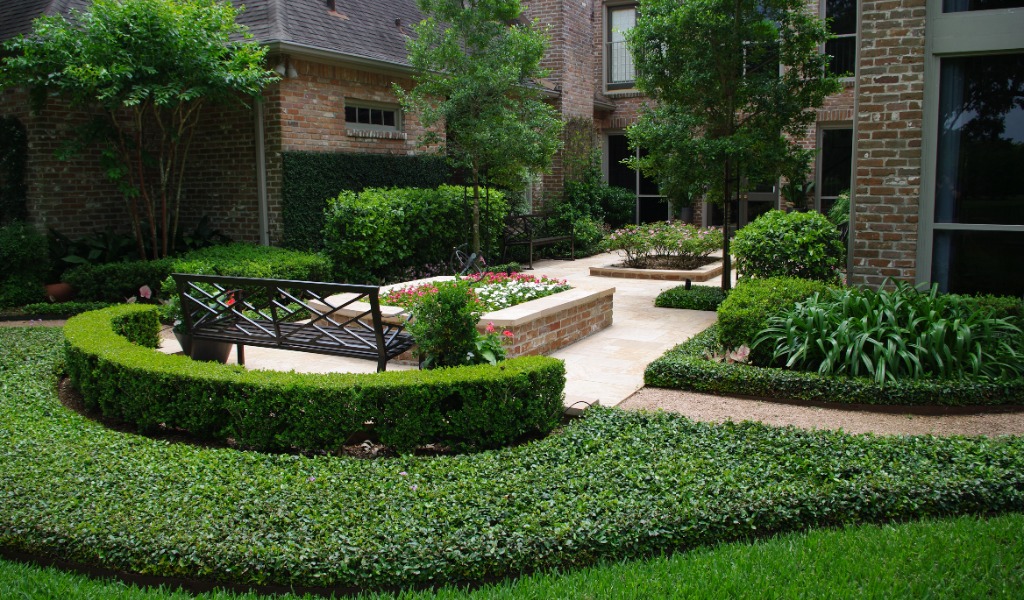Plants need a healthy balance of minerals to thrive year-round. They get most nutrients from the soil — but sometimes there’s just not enough of what they need. That’s where fertilizer comes in. It plays an essential role in maintaining lush gardens, green lawns and robust crops around the world.
Most fertilizers focus on the “Big 3” nutrients — nitrogen (N), phosphorus (P) and potassium (K) — which are essential for plant growth. In order to select the right fertilizer for your landscape, you need to know which nutrient your plants are lacking. This can often be determined by a soil test or by looking for the tell-tale signs of deficiencies in plants. Let’s take a look at what those signs are and learn more about the role fertilizer plays in maintaining a vibrant garden.
What is Fertilizer?
Fertilizers are nutrient-dense chemical materials added to the soil to help plants stay healthy. They are designed to help ensure plants get the Big 3, NPK, in the right balance. Many natural and synthetic varieties are available, along with certified organic and non-organic options.
How Often Should Fertilizer be Applied to Your Landscape?
While the specific recommendations vary by plant type, fertilizer should be applied throughout the year to keep your plants happy and healthy. In Texas, spring and fall are the peak seasons for fertilizing gardens. If you have a professional maintenance team working on your landscape, you may see crews adding fertilizer to your garden and lawn during March and April, then again as the weather turns cooler. Some plants, such as roses, are referred to as “heavy feeders” and may require more frequent treatment, while many perennials like coneflowers are typically light feeders.
How to Tell if Your Garden Needs to be Fertilized?
There are many reasons plants may need to be fertilized, ranging from depleted soil and lack of proper irrigation to harsh weather or external conditions. If you’re looking for signs that your garden needs to be fertilized, here are a few things to keep an eye out for. Yellowing leaves often indicate a nitrogen deficiency. Dark, dull green or purple leaves can be caused by insufficient phosphorus. And, spotted or discolored leaves often point to a lack of potassium. Understanding the specific mineral deficiency will help you select the right fertilizer to correct the imbalance.
Can Fertilizer Harm Plants?
On the other side of the coin, overfeeding your plants can cause damage. Too much fertilizer can “burn” plants, causing browning, discoloration and root damage. It’s important to pay close attention to the volume, ratio and frequency with which you apply fertilizer to your plants. Professional crews are trained to ensure your landscape is not being overfertilized.
Responsible for keeping plants healthy and fed, fertilizer plays an invaluable role in maintaining a healthy garden. If you’re ready to cultivate your green thumb or want more tips and tricks, let us know. Our team of landscape architects, gardeners and maintenance professionals are here to help. We’re committed to bringing life to design in gardens throughout the year.


